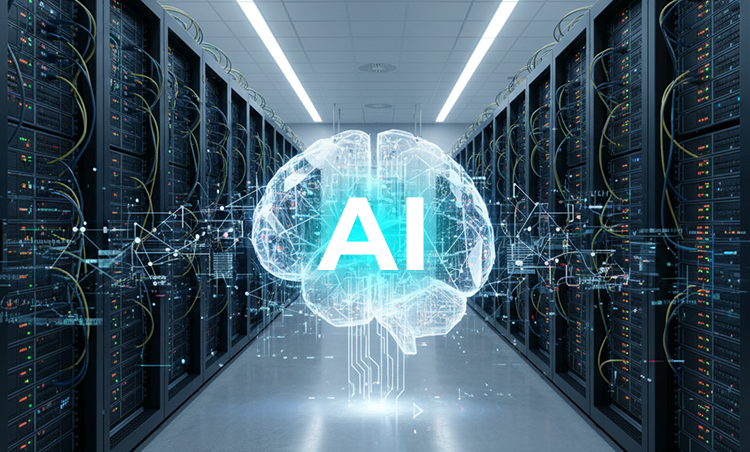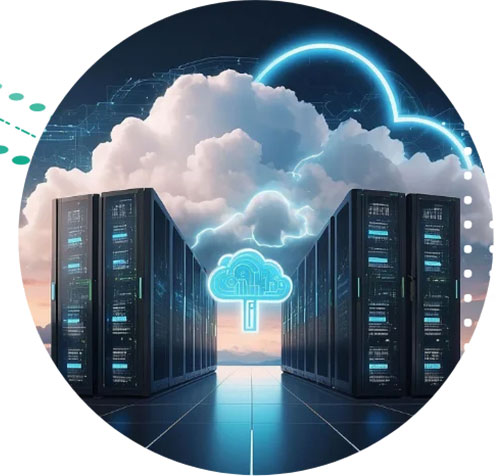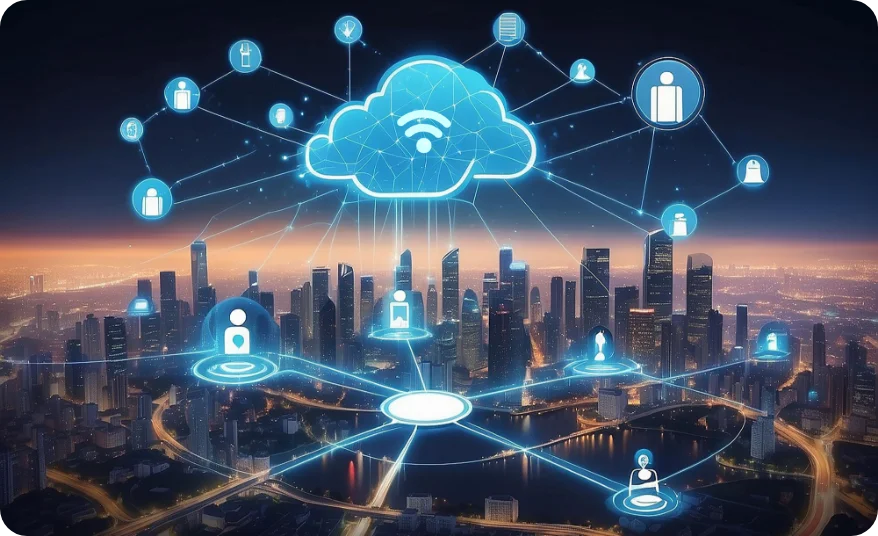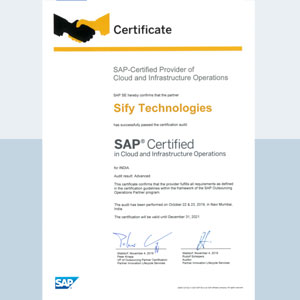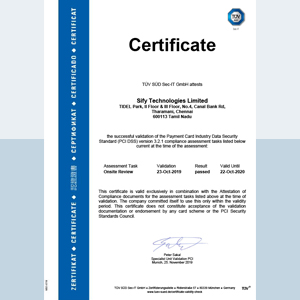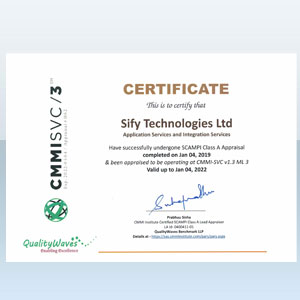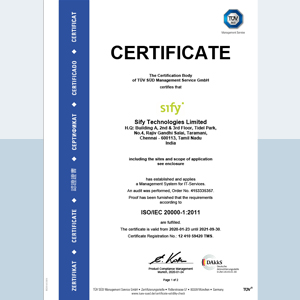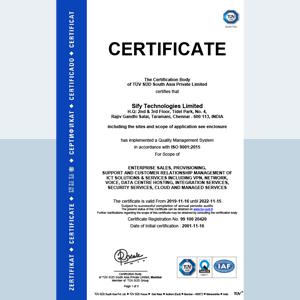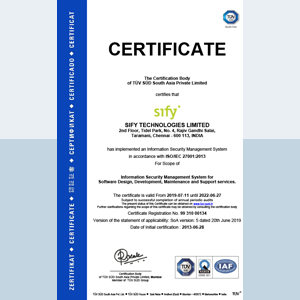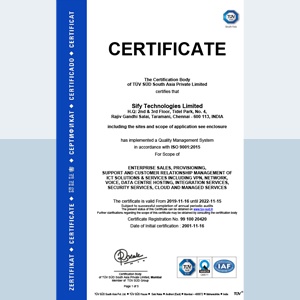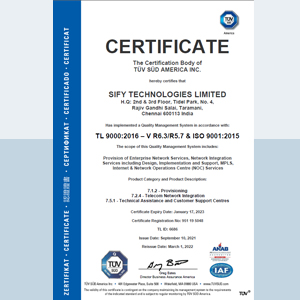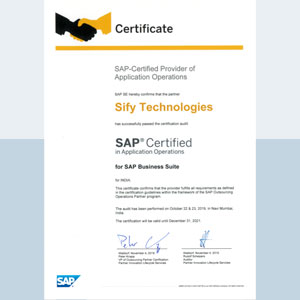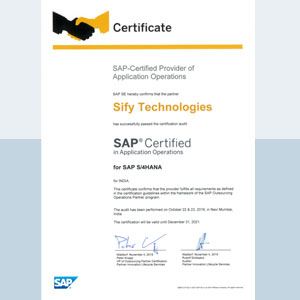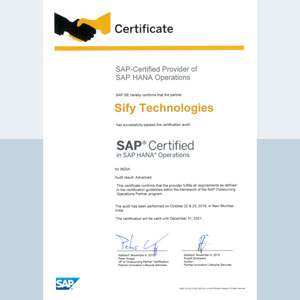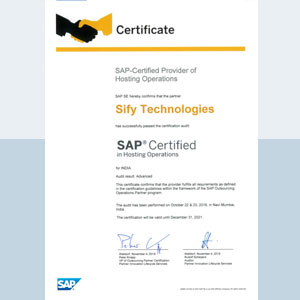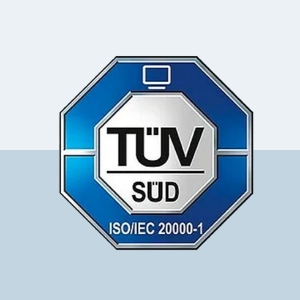Table of contents
The Age of AI—and Its Hidden Cost
Artificial Intelligence is no longer an emerging curiosity; it is the engine driving the next era of enterprise innovation, powering everything from customer experiences and risk models to operational decisions that shape entire industries.
But there is a truth we can no longer afford to overlook: every leap in AI capability draws heavily on the planet’s resources. Behind the algorithms and breakthroughs are data centers that demand enormous amounts of energy, water, and space. Goldman Sachs predicts that data center energy use could rise 160% by 2030, with AI alone responsible for nearly 19% of global consumption.
These stark numbers are an indication that if we scale AI without accountability, we risk trading innovation for environmental debt. For leaders, the question has shifted from “Can we adopt AI?” to “Can we do it responsibly?” The next wave of market leadership will belong to enterprises that answer yes.
The Compute–Carbon Dilemma
AI’s promise comes with an often-hidden cost: emissions. Training just one large-scale model can consume five to ten times the energy of a traditional enterprise workload. Once deployed in production, that footprint grows dramatically.
The consequences extend beyond IT operations:
- ESG blind spots emerge when compute-related emissions go unreported
- Regulatory scrutiny intensifies as governments tighten carbon and water disclosure norms
- Brand perception shifts as customers and investors demand climate transparency
At Sify, we’ve architected our AI campuses with this reality in mind. Performance remains essential but it must be matched by climate responsibility. From next-gen thermal design to renewable energy integration, every layer of our infrastructure is engineered to scale AI without scaling emissions.
Cooling: From Utility to Strategic Advantage
Cooling has become a defining factor in sustainable AI operations. Legacy air-cooled systems struggle at rack densities of 100–200 kW, leading to higher PUE, compressor overuse, and excessive water consumption.
Liquid cooling provides a more sustainable path:
- Greater thermal efficiency per rack
- Reduced energy burden from compressors and fans
- Optimized layouts enabling higher GPU density in smaller footprints
Sify’s embedded cooling technologies include:
- CDU-less precision cooling for simpler, energy-efficient fluid handling
- Integrated SCADA systems with AI/ML to optimize thermal performance in real time
- Hybrid warm/chilled water systems designed for efficiency across varying loads
Powering AI Responsibly: Renewables First
Infrastructure efficiency alone is insufficient; the source of power matters most. While nuclear microgrids and long-duration storage hold promise, they remain commercially immature. Renewables, however, offer a proven, scalable path.
Sify’s renewable strategy includes:
- Contracting large-scale solar and wind capacity
- AI-powered orchestration to dynamically align workloads with green power availability
- Commitment to the RE100 target of 100% renewables by 2030
Every new AI workload on our campuses moves closer to net-zero, ensuring innovation and responsibility reinforce each other.
Designing for Longevity
Sustainability must cover the full lifecycle—from build to scale to decommissioning. Traditional “overbuild” models lock in waste and rigidity. Instead, Sify emphasizes:
- Local material sourcing to cut embedded emissions
- Flexible vertical and horizontal scalability to match demand without demolition
- Alignment with IGBC, ISO 14001, and ASHRAE standards from day one
Advanced techniques such as CFD-validated airflow, elevated temperature operations, and dry cooler systems minimize both energy and water footprints.
Circularity: The Next Game Changer
This journey will continue. Adopting circularity in data centers will be the next big change—one that redefines how infrastructure interacts with the environment and the community. Circularity means moving beyond “do less harm” toward “create shared value”
At its core, circular data center design emphasizes:
- Recycling and reusing equipment, water, and construction materials across the facility lifecycle
- Energy sharing with surrounding communities, where excess or recovered energy can be redirected to local grids, industrial parks, or district cooling systems
- Recovering waste heat and other by-products and transforming them into usable energy inputs
- Designing modular components that can be redeployed or upgraded rather than discarded
At Sify, we view this as the next game changer. Our strategy is to lead this transition by:
- Building collaborations with like-minded partners and government systems to enable energy reuse frameworks
- Exploring heat-to-power recovery systems for dense AI campuses
- Establishing closed-loop models for construction and decommissioning materials
- Creating AI-optimized energy ecosystems where water, power, and thermal resources are continuously recycled
Circularity is not just a sustainability strategy—it is an innovation imperative. By treating every output as a potential input, we create data centers that give back more than they take.
Making Sustainability Measurable
By 2027, AI data centers are projected to consume 4.2–6.6 billion cubic meters of water annually—comparable to entire nations. Leaders cannot afford to wait for annual ESG reports. Sustainability must become an operational reflex.
Sify’s Global Command Control Centers (GC3s) make this possible by integrating:
- AI/ML telemetry for predictive efficiency
- IoT sensors monitoring cooling, water, and power
- Smart BMS with self-healing, predictive alerts
- Real-time dashboards uniting PUE, WUE, and carbon mix with operational KPIs
This approach turns sustainability from a compliance task into a continuous operational discipline.
Leadership in the Era of Responsible AI
AI will continue to redefine industries, but winners will be those who innovate without compromise. At Sify, we believe true leadership means building infrastructure that is both AI-ready and climate-ready: resilient, adaptable, and accountable for its footprint.
Because in the age of intelligent systems, moving fast is no longer enough. Moving wisely is what endures.








